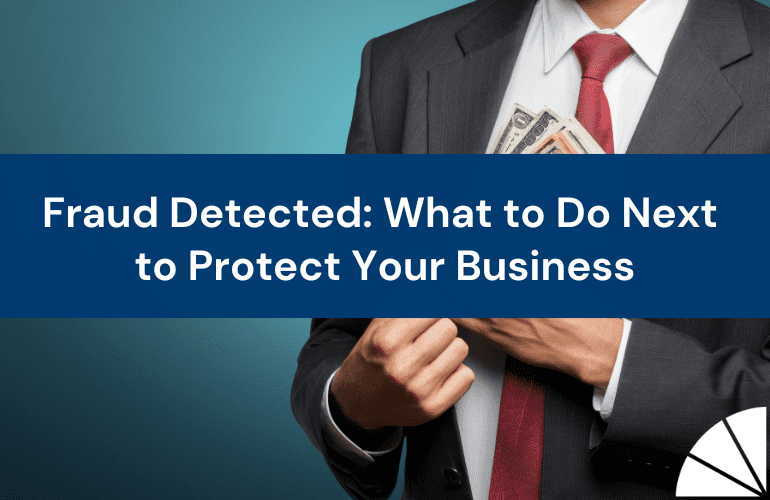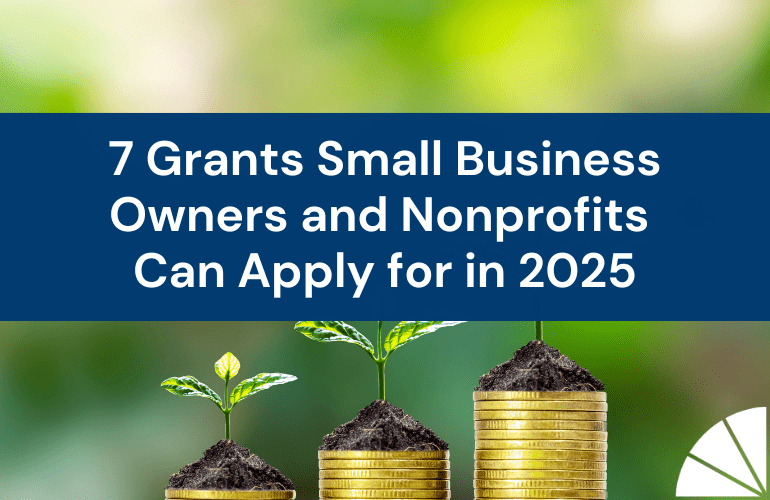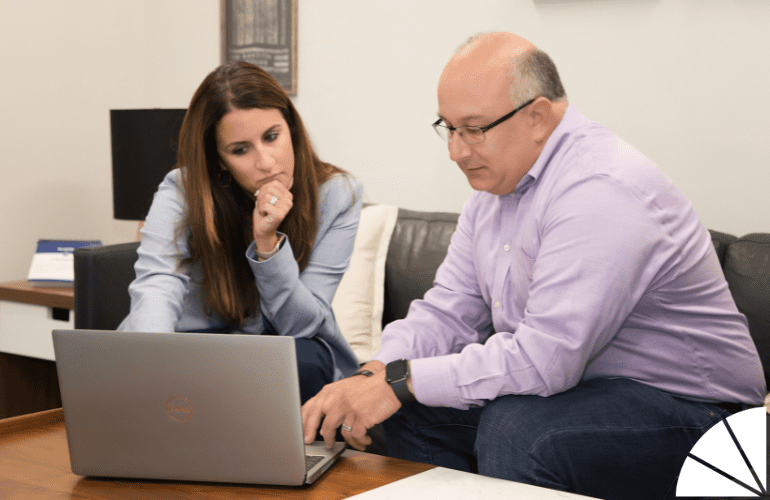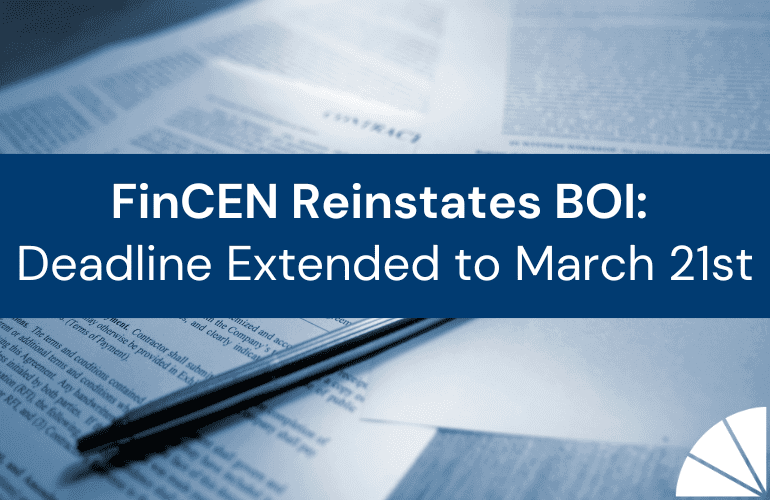
Even during the best times, selling your business requires planning and preparation. So how does this uncertain economic climate affect those plans? Managing Partner John Geraci, CPA, MST speaks with Partner Ken Segal, Head of Business Advisory Services Group about what businesses can do during this time (or really anytime) to get ready to sell when the future seems especially hard to predict.
—
Full Transcript:
[John]: Hi, this is John Geraci, managing partner of LGA and I’m here today with Ken Segal who runs the firms business advisory services practice group. And we wanted to spend a couple of minutes today to talk about selling your business in the current economic climate. And and I just thought I’d start with you just somewhat on some initial thoughts with respect to what’s going on in the market for buying and selling them.
[Ken]: Sure. Thanks John. Yeah, surprisingly one would think that there wouldn’t be as much buying and selling activity as what’s going on right now. While it is obviously less than pre-pandemic, there is quite a bit of activity right now where the trick is trying to value yourself, not based on the last three months, but based on what your future performance is going to be.
[John]: Well that’s interesting. So you say future performance, even though most business valuations are done based on a historical earnings trend, typically based off of EBITDA. So how does one go about valuing their basis based on a future earnings trend?
[Ken]: Well, what you want to do is to build a credible and defendable, multi-year forecast model.
[John]: Okay, credible and defendable. What exactly does that mean?
[Ken]: Well, by credible and defendable, what I mean is the last three months have been probably the worst case scenario that any company could possibly have. So by showing how you’ve performed work during the last three months and using that as a basis for how you’re going to rebound and and go forward basis, that’s how you provide that clarity to potential buyers.
[John]: Okay, that makes sense. So how do you go about building such a model?
[Ken]: Well, by building such a model, you basically want it to be a ground-up defendable and sensitizable model. And what I mean by that is have details with what’s going to drive revenues. Rather than saying, we’re going to go from 10 to 15 million, say, well, here’s how many units, here’s the unit price, and here’s how we can actually create the top line. You can do similar with your cost to get sold. So you have a credible gross profit. On the gross profit, you look at your fixed and variable cost in a line level basis. And truly that’s how you can derive a defendable, multi-year EBITDA number that people will be looking at to potentially buy your company. They’re not buying a historical cash flows they’re buying your future cash flows.
[John]: Yeah, I guess you’re right. That makes a lot of sense. So from a timing perspective, you know, we’re still in this uncertain economic climate, so people have plenty of time. There’s a sense of urgency. What are your thoughts there?
[Ken]: Regardless of the climate, it’s always good to have one of these models done at all times. You never know what your potential circumstances are going to be. God forbid a shareholder dies, someone taps you on the shoulder tomorrow wanting to buy your company. It’s always good to have one of these continually prepared and refreshed. Prepare for the inevitable.
[John]: Yeah, that makes sense. All right, so if there’s anything that we can do to help you, please reach out to us. Obviously Ken has a lot of expertise in this area and can advise you through the creation of a model or assist as needed. So always reach out to LGA and, uh, we’ll talk to you soon. Take care.





